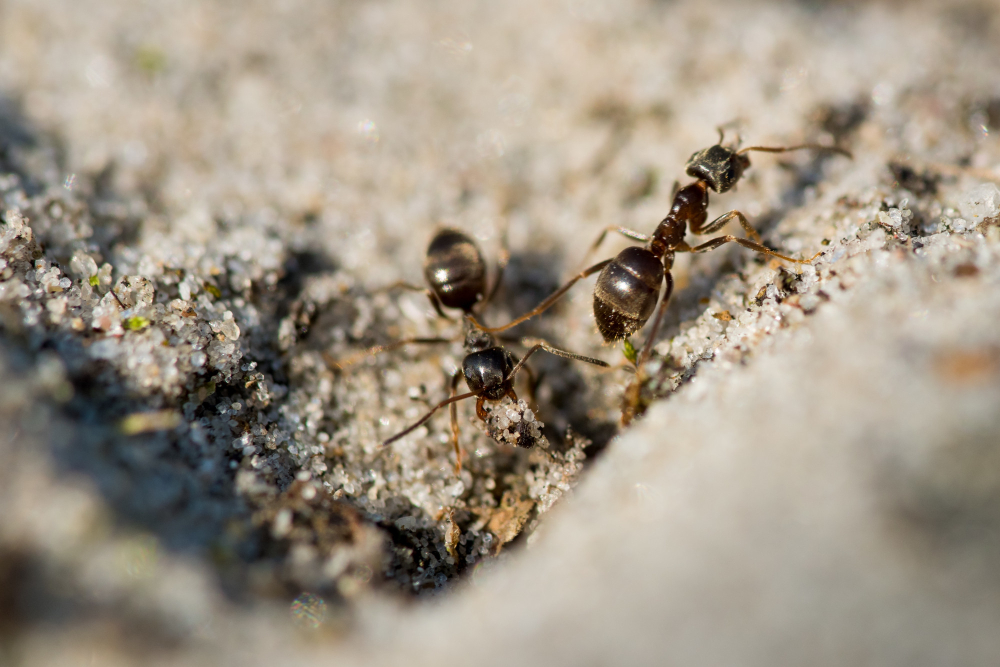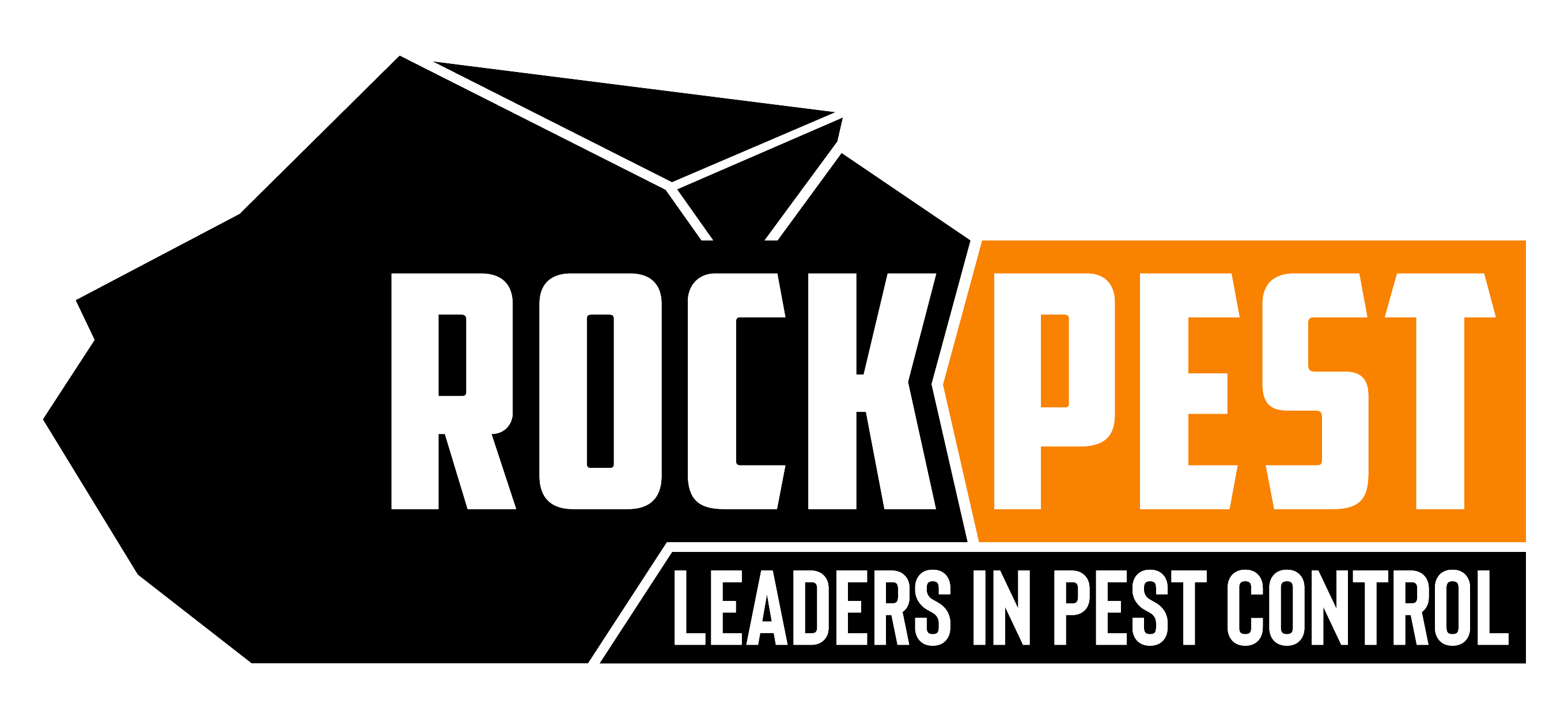Where Do Carpenter Ants Come From?
Have you ever seen a carpenter ant in your home and wondered where it came from? We all know that ants like to form colonies, but how did these particular ants make their way into your house?

What Are Carpenter Ants?
Carpenter ants are a species of ants that get their name from the way they build nests because they excavate wood and form smooth tunnels inside the wood. They are large (0.3 to 1 in or 8 to 25 mm) ants indigenous to many forested parts of the world.
Carpenter ants are social insects that live in colonies, with one queen and multiple workers. The workers feed on sources of protein and sugar, such as living and dead insects, and a sweet liquid produced by aphids and scale insects. They can also be found in homes, where they feed on sweets like honeydew, syrup, jelly, sugar, and other sugary substances. Once they find a food source, they will establish an indoor colony near it which can become quite large over time.
Where Do Carpenter Ants Live?
Carpenter ants relish building their nests in galleries carved out of damp or damaged wood. Outside, they take shelter in trees and logs as well as dead branches and soil while inside they are likely to settle near water-damaged spots, such as windowsills, door frames, siding, roofing lines, and plumbing fixtures.
How Can You Tell if You Have Carpenter Ants?
The most common sign of carpenter ant infestation is the presence of winged ants inside your home during springtime. These winged ants are reproductive adults looking for new nesting sites for their colonies. Other signs include piles of sawdust-like material near an opening leading into a wall void; rustling noises coming from walls; and trails of worker ants traveling between indoor and outdoor locations.
What Can You Do to Prevent Carpenter Ants from Entering Your Home?
The best way to prevent carpenter ants from entering your home is to remove any potential nesting sites. This means keeping wood piles away from the house, sealing up any cracks or crevices in the walls or foundations of your home, checking for plumbing leaks regularly, and keeping gutters clean of debris so water does not accumulate around the foundation of your house. Additionally, you should inspect outdoor furniture for signs of ant activity before bringing it inside and keep food stored properly so that it does not attract carpenter ants into your home.
Must Read: Why Are Silverfish in My House
How Can I Get Rid of Carpenter Ants?
If you suspect you have a carpenter ant infestation it’s important to take action quickly to prevent further damage to your home or property. The best way to get rid of carpenter ants is through professional pest control services which can identify the source of the infestation and treat it accordingly using insecticides and baits specifically designed for carpenter ant control.
If you are looking for a reliable and effective solution to rid your home of carpenter ants, look no further than Rock Pest Control. With our expertly trained technicians, we can identify the source of the infestation, use targeted treatments such as insecticides and baits specifically designed for carpenter ant control, and guarantee results. Contact us today for a free inspection and to get started on eliminating your carpenter ant problem.
Frequently Asked Questions
Bed bugs are found almost everywhere around the globe, but they’re most common in places where people sleep or spend significant amounts of time. This includes homes, apartments, hotels, and hostels. They can hide in cracks and crevices in furniture, bedding, luggage, and even clothing. These tiny pests are not indicative of cleanliness levels; they can infest even the cleanest environments.
Bed bugs in hotels can be a common issue due to the high turnover of guests. They can easily hitch a ride on luggage, clothing, or other personal items and establish themselves in hotel rooms. It’s always advisable to inspect your hotel room for signs of bed bugs upon arrival. Look for small rust-colored stains on bedding, mattresses, and furniture.
Bed bugs spread by hitching a ride on people’s belongings, clothing, luggage, or furniture. They do not fly or jump, but they crawl quickly. This makes it easy for them to move from an infested area to new locations. For instance, if you visit a place with bed bugs, they can get onto your clothes or bags and travel with you to your home or other places.
